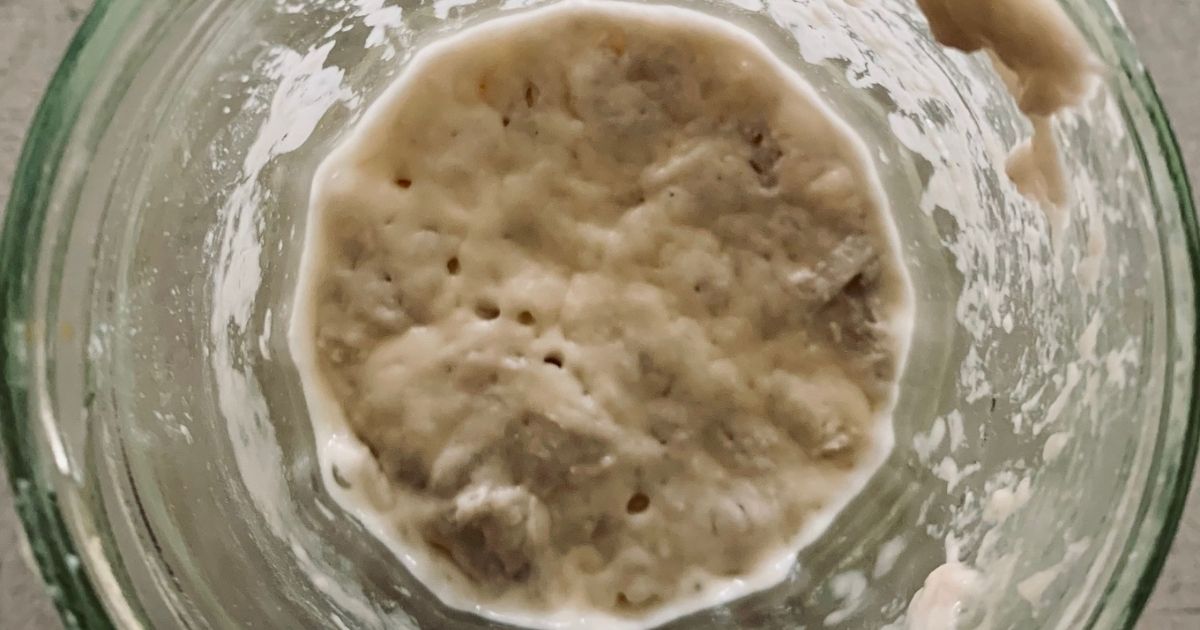
Moldy Sourdough Starter [with photos of bad sourdough starter] The
May 17, 2016 How do you know when your sourdough starter is ready to bake with? And what exactly does "ripe sourdough starter" mean? We've answered hundreds of questions on this topic, but in this case, it seems some pictures could well be worth a few thousand words. Let's take a look. Wake up your sourdough starter

How to feed a Sourdough Starter (The Easy Way) YouTube
Take 1/2 cup (113g)* of the starter (discarding any additional starter) and place it in a medium-sized bowl: stoneware, glass, plastic, doesn't matter what it's made of (though if you use metal, be sure it's stainless steel). *If your friend has given you less than a half cup of starter (though, really?), it's OK.
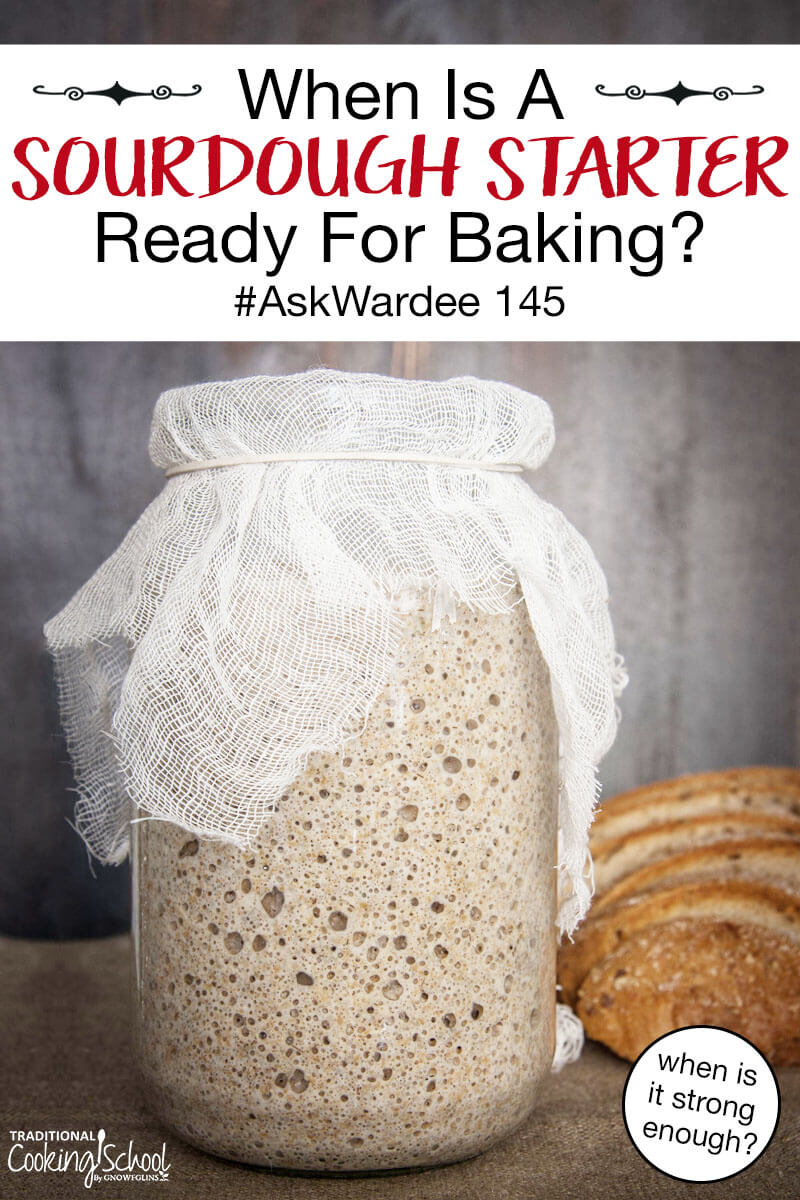
How To Know When Sourdough Starter Is Ready How often should i feed
Are you in? Why Sourdough, and Why Now? All of sudden, sourdough baking feels like it's everywhere. Everyone from my neighbor to my best friend has been sending me sourdough questions: How do I start a starter? How can I revive this starter my mom shared? Did I kill my sourdough starter?

How To Tell When Your Sourdough Starter Is Ready To Use Fleischmann’s
Add 1 teaspoon of your starter to at least 1 cup of a room temperature water. If it floats, your starter is ready for baking. The issue is that some starters, especially those made with rye or whole wheat flour, can be ready for baking and not float, which is why we recommend the double volume test. Credit: Emma Christensen
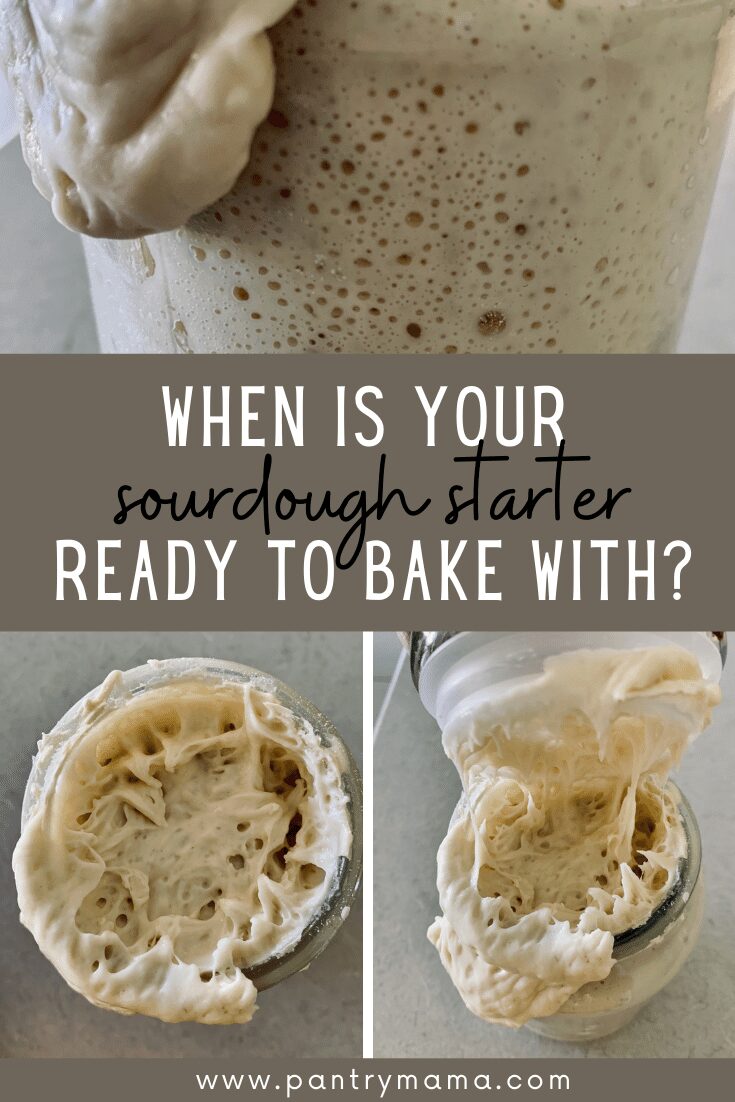
How Do You Know When Your Sourdough Starter Is Ready To Bake With
Twice a day (usually at 9:00 a.m. and 9:00 p.m.), I do the following when my starter is ripe: Discard the contents of my starter jar down to 20g (the discard can go in the compost, trash, or used in a discard recipe) To the jar, add 70g white flour, 30g whole rye flour, and 100g water Stir the mixture until everything is incorporated
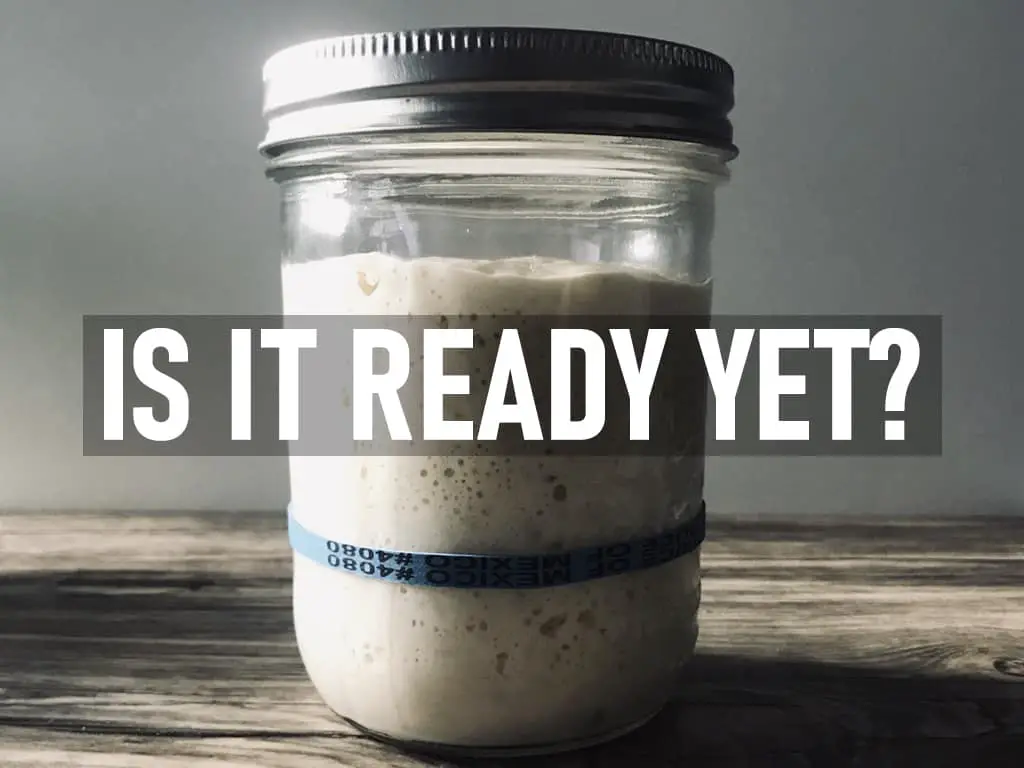
How do I Know When My Sourdough Starter is Ready to Use? Knead Rise Bake
Add 1 scant cup (113g) flour and 1/2 cup (113g) lukewarm water to the 1/2 cup (113g) starter in the bowl. Mix until smooth and cover. Allow the starter to rest at room temperature (about 70°F) for at least 2 hours; this gives the yeast a chance to warm up and get feeding.
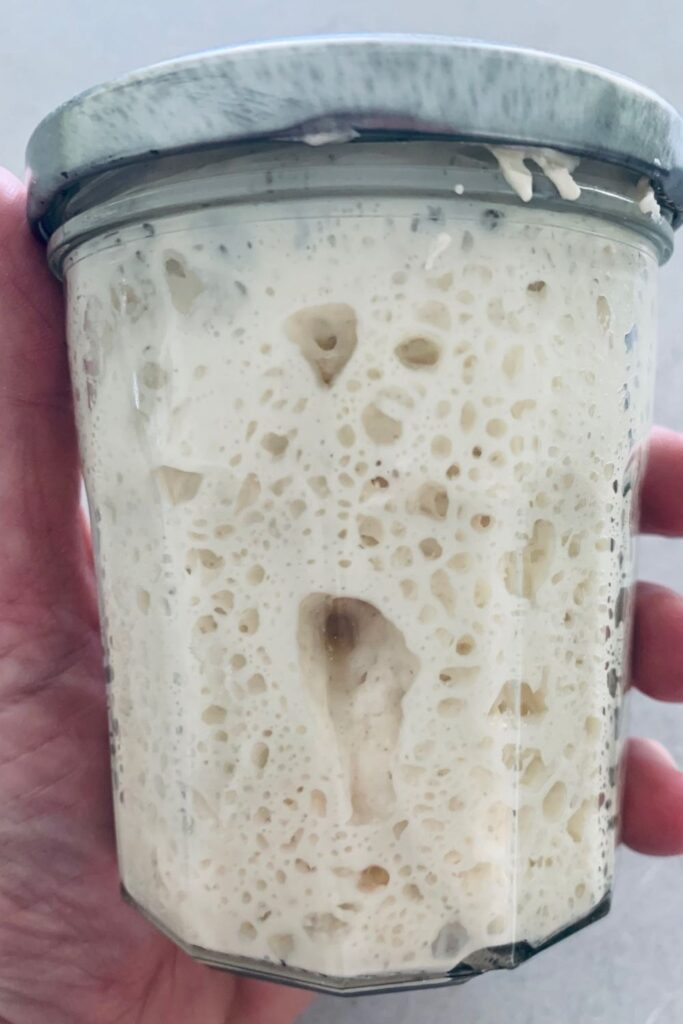
Have I Killed My Sourdough Starter? The Pantry Mama
Starter, flour and water just stirred together. After 12-24 hours (it depends when it was last refreshed) it may look bubblier: Wheat sourdough starter 24 hours after new flour and water added. It is never frothy, like the rye, but it should be bubbly. However, the bubbles do not necessarily indicate that the sourdough starter ready to use.

Ultimate Guide to Sourdough for Beginners Sauerteigbrot backen, Brot
Temperatures beyond 120°F (around 49°C) are widely considered to be the point at which yeast and starters start to be damaged. Anything at this temperature or higher will leave you with an unusable starter. Your starter might have been left in a hot car, hot room, or hot oven for too long and suffered from it.

Sourdough Starter Troubleshooting Buttered Side Up
Ideally, it should be doubling within 4 to 6 hours of feeding - but it can sometimes happen within just 2 hours if it's warm. If your starter is not doubling, it's not ready and it will not have the ability to rise bread (and you'll end up with very under fermented sourdough bread ).
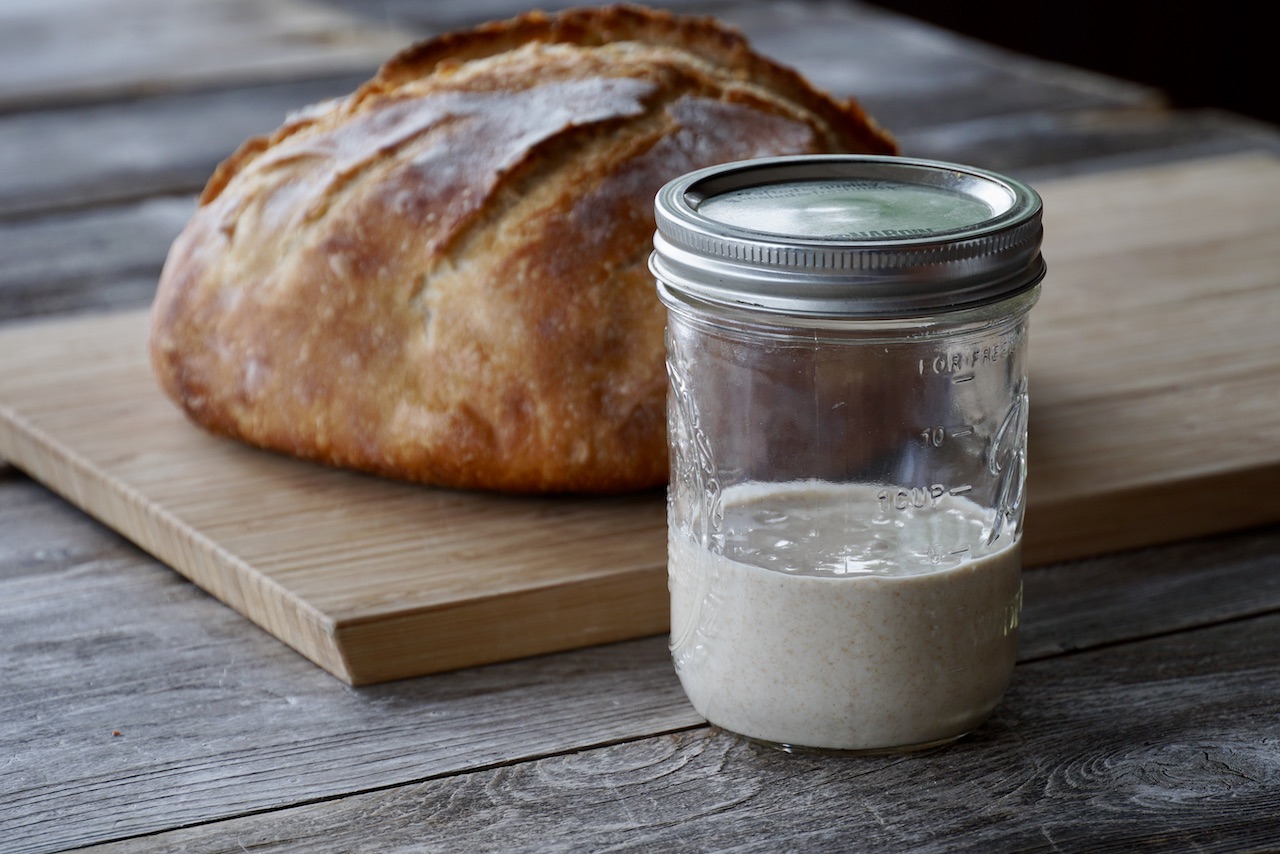
Easy Sourdough Starter Weekend at the Cottage
A typical new starter will be ready to use somewhere between days 7 to 14 after its first feeding. If you follow our recipe it will most generally be ready by day 7. Look for a bubbly rise that increases close to three times its volume over a 6-8 hour window. It is important to see this consistent rise for a couple of days in a row.

How To Fix A Sourdough Starter Gone Mouldy YouTube
Introduction Sourdough starter has become a widely discussed topic lately, and it's no wonder why. Home cooks and bakers are embracing slower, more mindful cooking processes, and what better place to start than with the most humble of foods: bread.
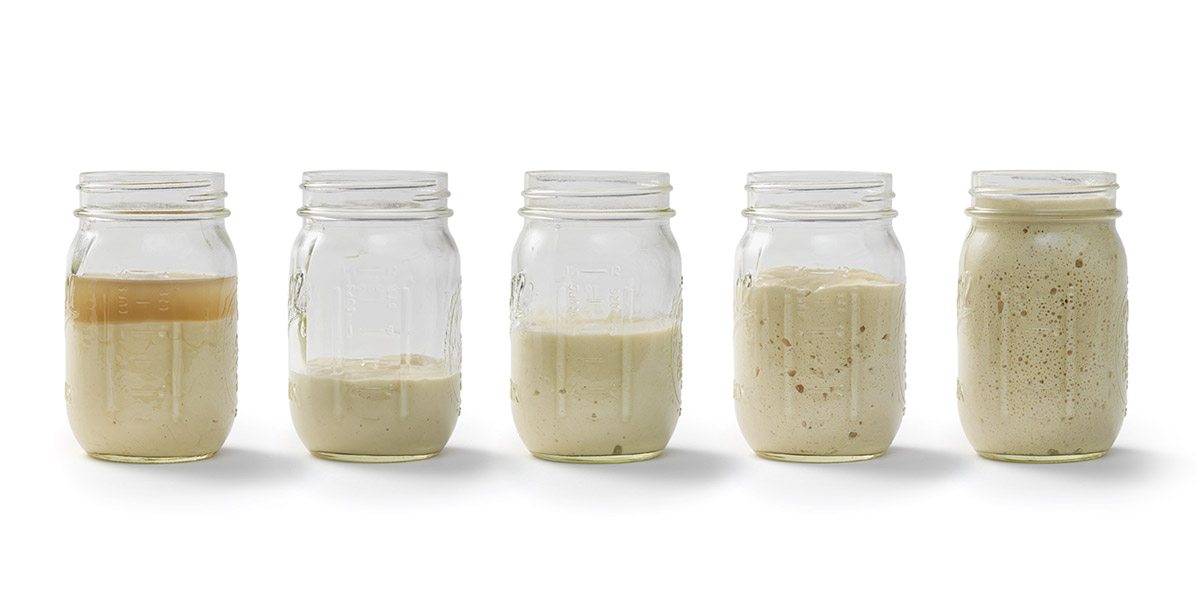
Bezlepkový kvások Novalim
How Do I Know When My Sourdough Starter Is Ready to Bake With? When Is My New Sourdough Starter Ready To Use? When is My Mature Starter Ready to Use? 3 Signs That Show My Sourdough Starter Is Ready Look For Bubbles Check The Volume Does It Float How Can I Boost My Sourdough Starter? Adjust The Feeding Frequency and Ratio Use Warmer Temperatures
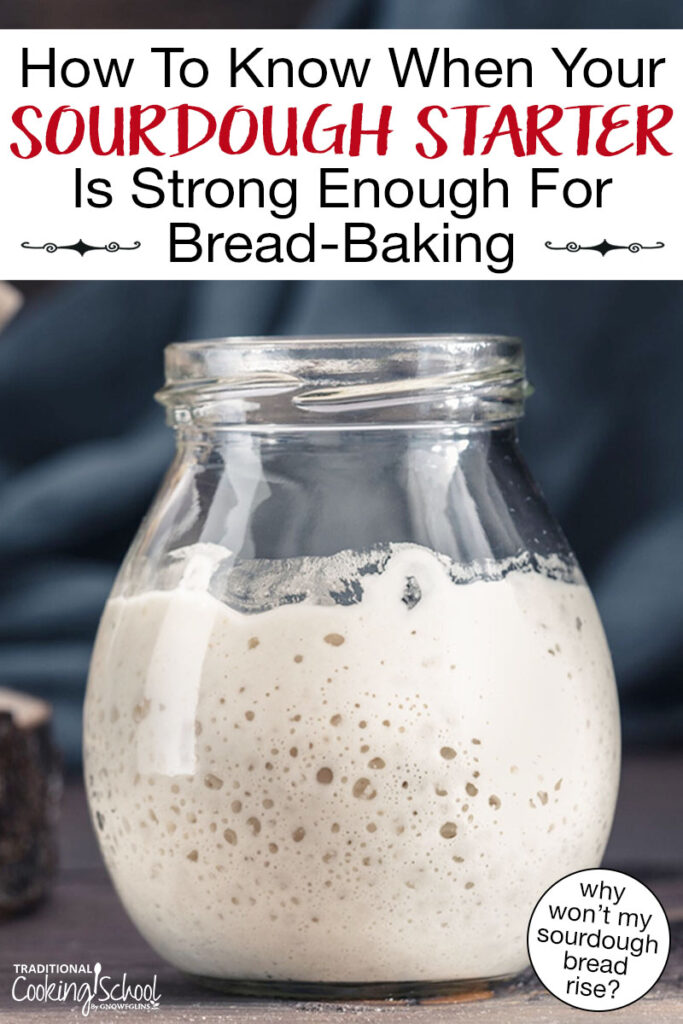
Is Your Sourdough Starter Strong Enough For BreadBaking?
Look for Bubbles As your sourdough starter ripens, you'll begin to notice more bubbles each day, as well as a strong sour smell. You may also see a clear liquid forming on the top. When you feed your starter, you'll hear a crackly sound as the bubbles pop with mixing. Check the Volume An active sourdough starter can quickly double its volume.

Is My Sourdough Starter Bad? How to Revive Old Inactive Starter
1. Did I kill my starter? And how do I know if it's still alive? A healthy, lively starter that has been properly fed has a clean, slightly yeasty scent and a bubbly surface.
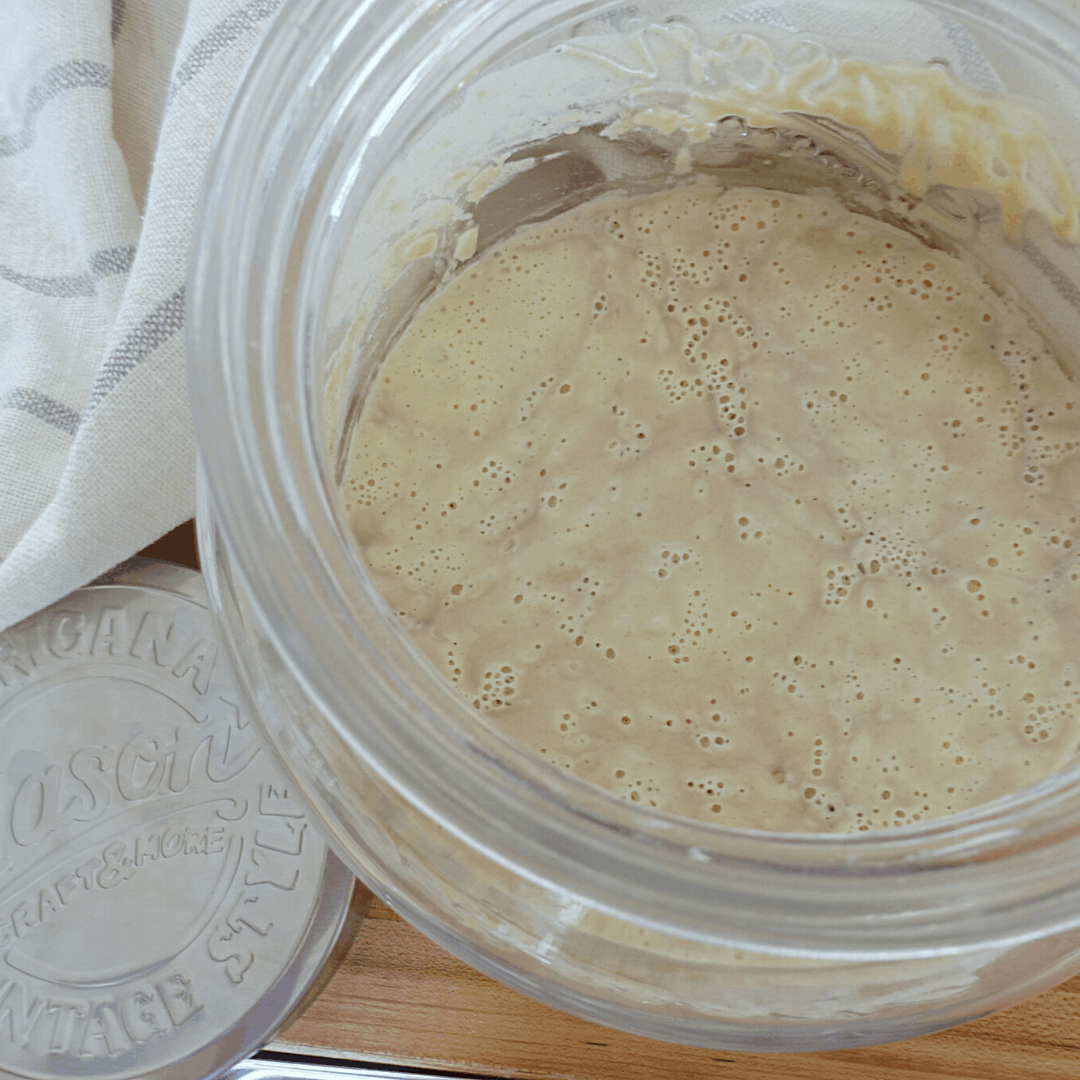
Bad Sourdough Starter How to Revive It Healthfully Rooted Home
One popular way to know that your sourdough starer is ready is to try floating a bit of it in water. Fill a glass bowl or cup with room-temperature water, and drop a small scoop (a teaspoon.
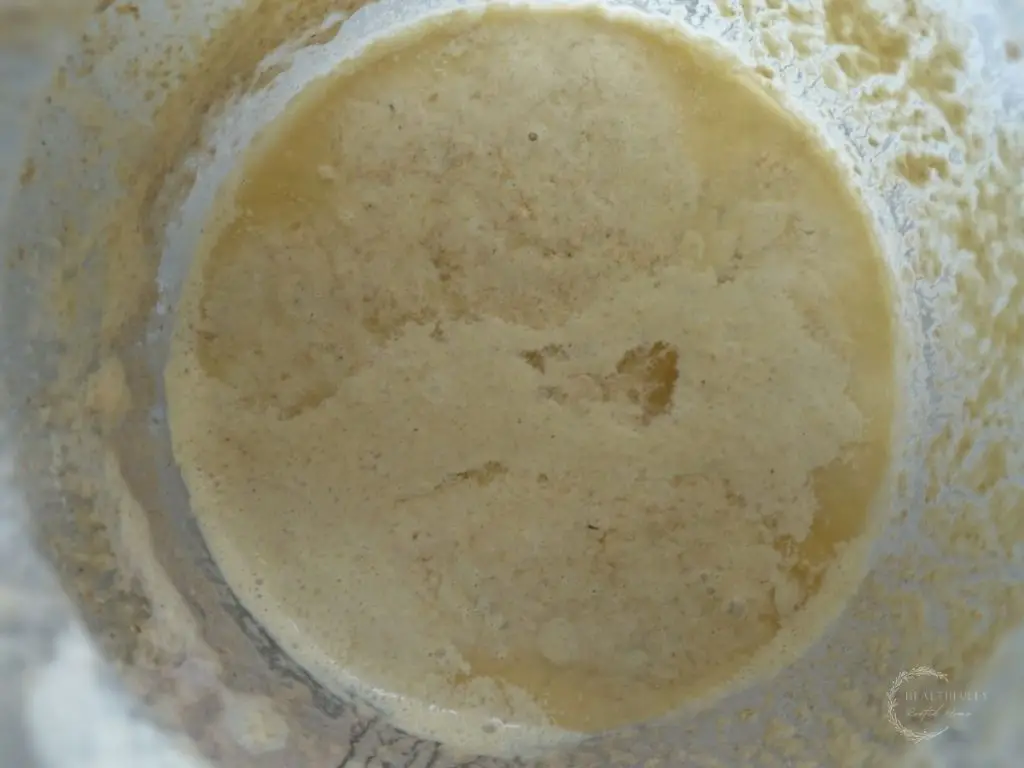
Bad Sourdough Starter How to Revive It Healthfully Rooted Home
The most common feeding ratio is 1:1:1 (sourdough starter: flour: water). This is also known as a 100% hydration starter. For example, let's say you have 40 g of sourdough starter in a jar. To feed it, you'll add 40 g of flour + 40 g of water. This is referred to feeding with "equal parts by weight.".